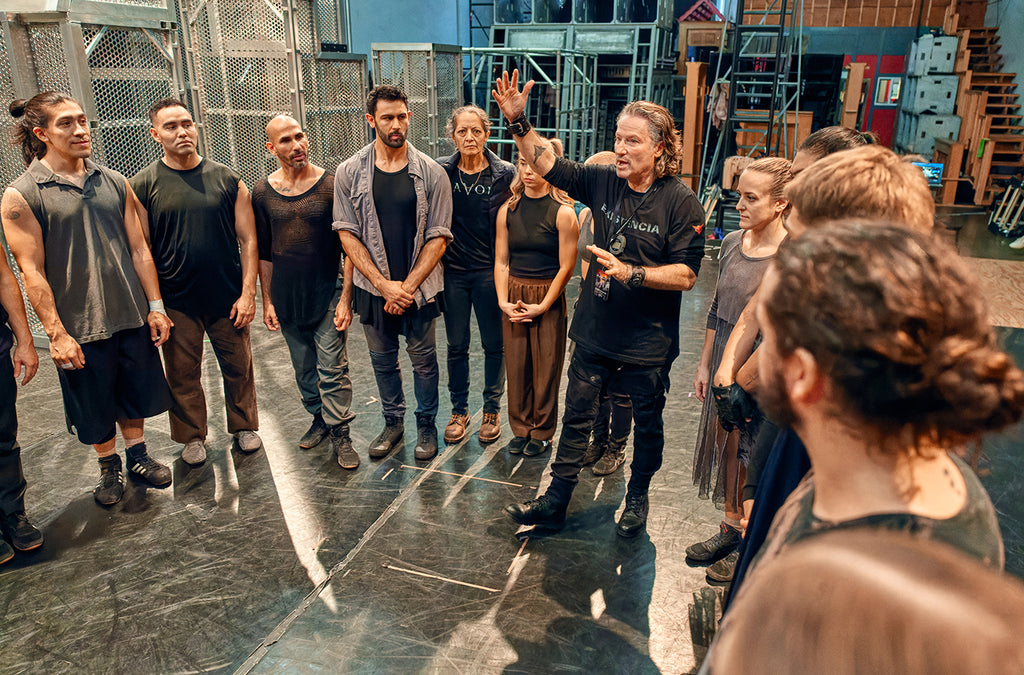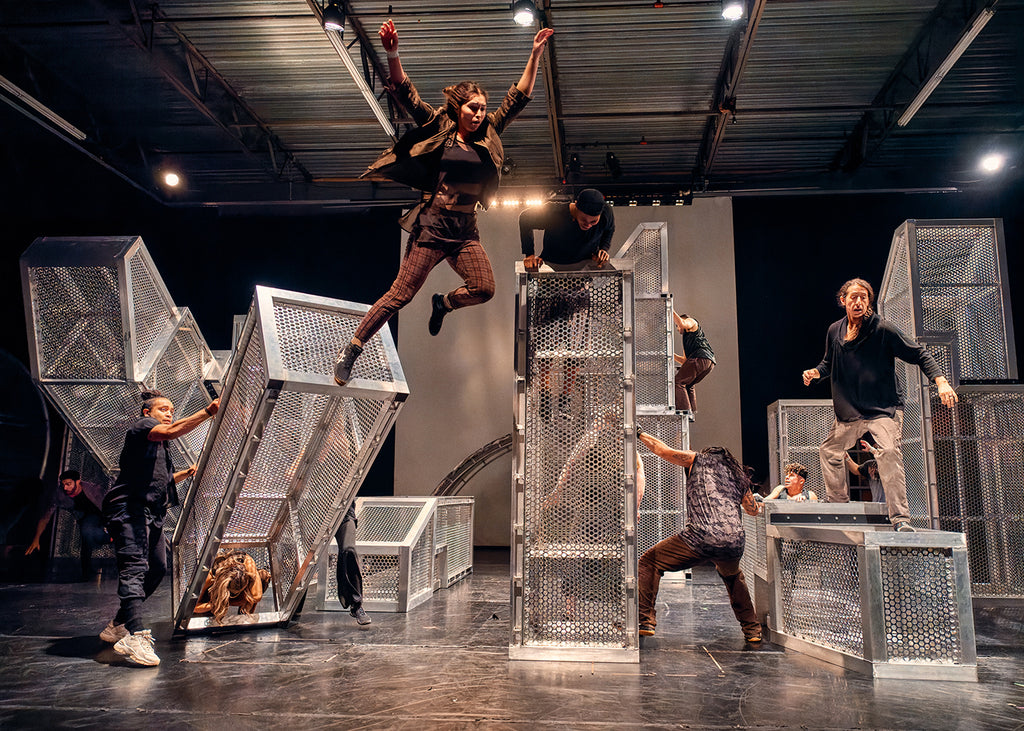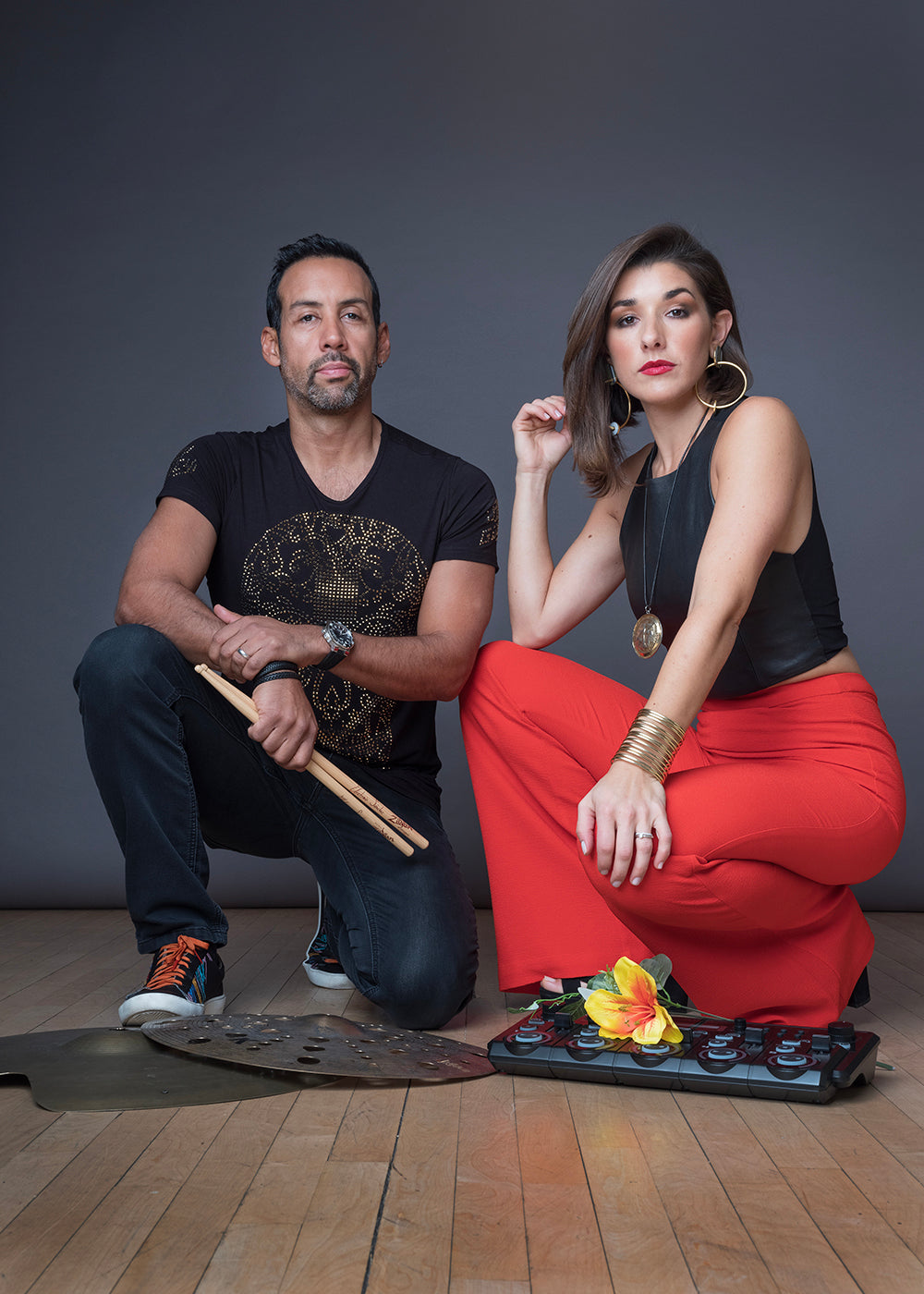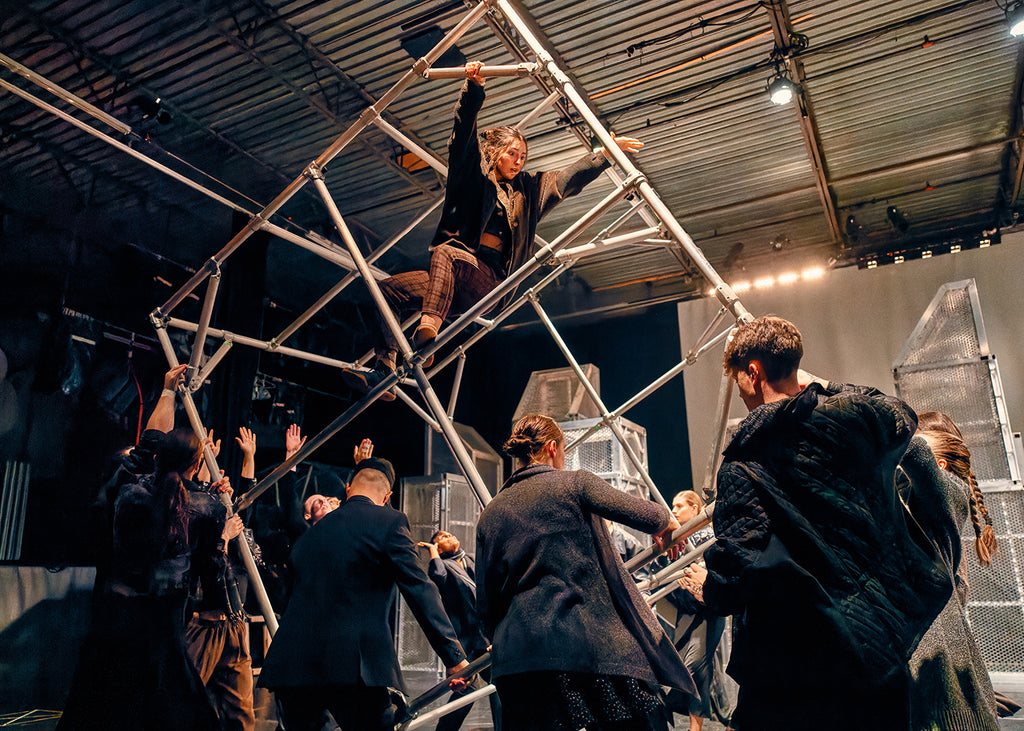Natural Histories
Miriam Miller steps into the center and raises her arm with deliberation, pressing her palm upward to the vaulted Gothic ceiling of the cathedral.
Plus
World-class review of ballet and dance.
There will be blood,” says Jacques Heim, founder and creative director behind Diavolo|Architecture in Motion, the hyperphysical dance company he began in 1992. But he wasn’t referring to the Daniel Day-Lewis saga directed by P.T. Anderson, but rather to his latest opus, “Existencia,” which has its world premiere at the Younes and Soraya Nazarian Center for the Performing Arts (the Soraya), January 17 and 19, and involves an extreme, risk-taking movement vocabulary.







Miriam Miller steps into the center and raises her arm with deliberation, pressing her palm upward to the vaulted Gothic ceiling of the cathedral.
PlusIn a series called “Just Dance” on Nowness—a site I sometimes visit to see what’s up in the world of “genre busting” dance films that make it onto this stylized platform—I sometimes find little gems that quietly rock my world.
PlusBack in October, New York City Ballet got a new cowboy. His arrival occurred in the final section of George Balanchine’s “Western Symphony.”
PlusWhen Richard Move enters from stage left, his presence is already monumental. In a long-sleeved gown, a wig swept in a dramatic topknot, and his eyes lined in striking swoops, the artist presents himself in the likeness of Martha Graham—though standing at 6’4, he has more than a foot on the late modern dance pioneer.
Plus
comments